Roofers cover the structures of buildings with shingles, slate, asphalt, aluminum, wood, and other materials to protect them from weather elements. Their duties also include inspecting problem roofs and determining the best repair procedures.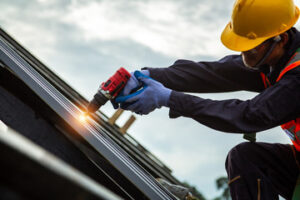
Roofers Wilmington DE work at homes, construction sites, and industrial facilities. These professionals often collaborate with other building professionals and follow strict safety protocols in these environments.
Local roofers have a strong incentive to protect their reputation by providing superior customer service. They are more likely to prioritize your satisfaction and go above and beyond when compared to nationwide companies, which may be more concerned with getting the job done quickly in order to maximize profits.
They also understand your unique building codes and can help ensure that the work is compliant with New Jersey’s regulations. This can help you avoid costly mistakes and potential legal hassles down the road. Local roofers have established relationships with nearby manufacturers, which can save you money on materials and labor expenses. They are more familiar with the area and know where to find the best deals on quality building supplies, which will be reflected in your project estimate.
When a storm hits, local roofers are on high alert and can often reach your home in record time to provide emergency services. They are more familiar with your community and the unique weather patterns that occur in your area, which can help them identify the quickest and most effective solution for repairing or replacing your roof. Local roofers are also highly familiar with local rules and regulations, so they will be able to help you navigate the process of filing a claim with your insurance company.
They can also recommend a reputable adjuster and guide you through the entire process from start to finish. Lastly, local roofers are more likely to offer face-to-face communication when needed, which is something that many larger companies lack. They may only be able to offer an online FAQ forum or an automated chatbot, which can be frustrating when you have questions that need immediate attention.
High-Quality Insurance Policies and Warranties
Roofers need to have insurance policies that provide protection against unforeseen circumstances that could damage their business. These policies typically offer property damage and liability protection. Property damage coverage will cover the cost of repairs or replacement for any materials that are damaged while they’re being used on a job site. Liability protection will pay for third-party claims if someone is injured or their property is damaged due to the work that a roofer is performing.
In addition to having insurance, roofers should also have a good roofing warranty. This type of warranty will protect them if the manufacturer of the roof material fails to live up to its promises. It will also protect them if they make installation mistakes that lead to a leaky roof. These warranties will usually have specific terms and conditions that need to be understood, but they can help protect a roofing contractor from being held responsible for problems caused by their work.
Even the best roofing contractors can make mistakes on a job site, and this can result in damage to the building or its contents. This can lead to costly repairs and a loss of revenue for the roofer. It is also important for roofers to have general liability insurance, which will protect them if they are sued by customers or passers-by for injuries or damage that occurs during the construction process.
When shopping for a roofers insurance policy, it is essential to explore all of the available options. Some policies are more suited for certain types of roofing projects than others, and it is important that the policy is tailored to the individual needs of the business. Some of the key considerations include the type and amount of coverage that is offered, the exclusions and limitations that apply to the policy, and the deductibles that are required.
Another type of insurance that a roofer should consider is workers’ compensation. This will provide coverage if an employee is injured on the job, and it is often required by law in most states. This type of coverage can save a roofer a lot of money if an employee is injured while on the job.
Access to Better Materials
Roofers have access to a wide range of materials that they can offer at different prices. They can help you choose options that fit your budget. They can also offer you financing, which can be helpful if you are replacing an old roof and need to cover the cost over time.
Service roofers often have a customer service department that is focused on providing a great customer experience. They are able to handle both insurance and non-insurance jobs, and they will be able to meet your needs regardless of the type of work required. They can typically accommodate large jobs and will have crews available to work quickly. They may also be able to offer you zero-interest financing.
Roofers can also protect stone or concrete walls, swimming pools and tanks from water damage by damp-proofing them. This is done by removing rough spots, and then brushing or spraying on a waterproofing compound. They can also paint the surface of a roof to improve its appearance. In addition, they can use a variety of hand tools including roofing shovels, pry bars, hammers, nail guns, tape measures, pavers and framing squares. They need to take safety seriously and undergo specialized training on a yearly basis.
Worker’s Compensation Insurance
Homeowners know that accidents can happen, and they want to work with roofers who have the proper insurance coverage to cover those mishaps. If a worker is injured on the job, homeowners may be able to sue the roofer or the homeowner personally for the medical costs, loss of income and property damage. That is why many roofers carry general liability insurance, which covers the expenses if an employee is hurt on the job and is unable to return to work.
Workers’ compensation insurance is another type of business insurance that roofers have to carry in most states and provinces. Generally, it covers the medical expenses of a worker who is injured on the job. It also protects the employer from lawsuits, which is particularly important if the injured worker sues for some reason.
Since roofing is a dangerous occupation, there’s always a risk that a worker will sustain a workplace injury, no matter how careful they are. Having this coverage is often required by law, so it’s not something that roofers can afford to go without.
However, there are a few things that should be clarified about this type of insurance. For example, it does not protect against damages that are caused by natural disasters or other acts of nature. Also, it will not pay for injuries that are incurred from the use of hazardous materials, such as asbestos.
In most cases, the insurance company will cover the cost of medical treatments and lost wages for a worker who is injured on the job. They will also usually cover legal fees and other expenses that the worker might incur. However, it’s essential that the insurance policy has clear dates of when the coverage begins and ends. Otherwise, there could be a gap in the coverage that leaves the business vulnerable. Consequently, it’s best to work with an insurance professional who can help you choose the right policies for your business. They can also review any existing or previous policies to ensure that there are no gaps in the coverage. This will minimize the chances of an accident occurring on the job that could leave you with major financial losses.
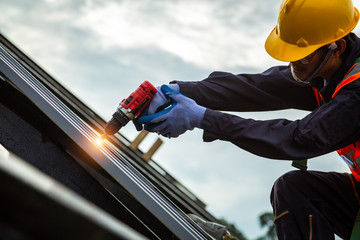
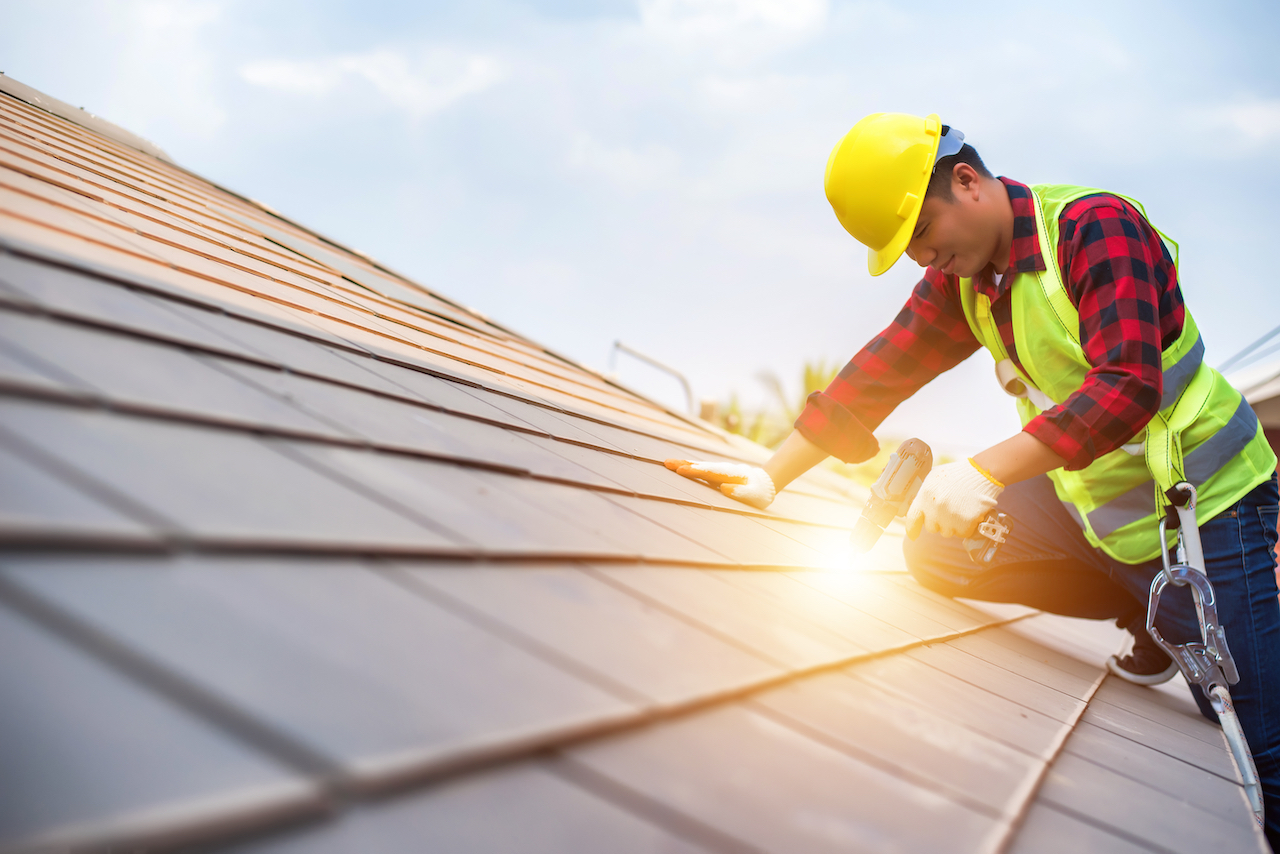
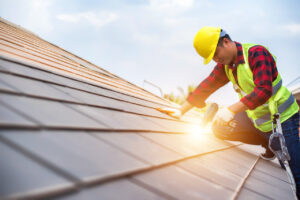
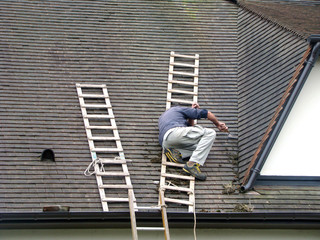
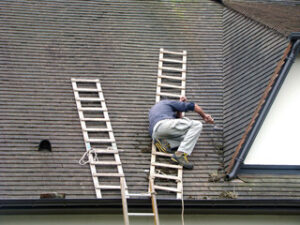 Regardless of the flashing you use, it should be installed correctly. Keeping it clean and properly maintained will extend the life of your roof and keep water from causing damage. Having a professional
Regardless of the flashing you use, it should be installed correctly. Keeping it clean and properly maintained will extend the life of your roof and keep water from causing damage. Having a professional